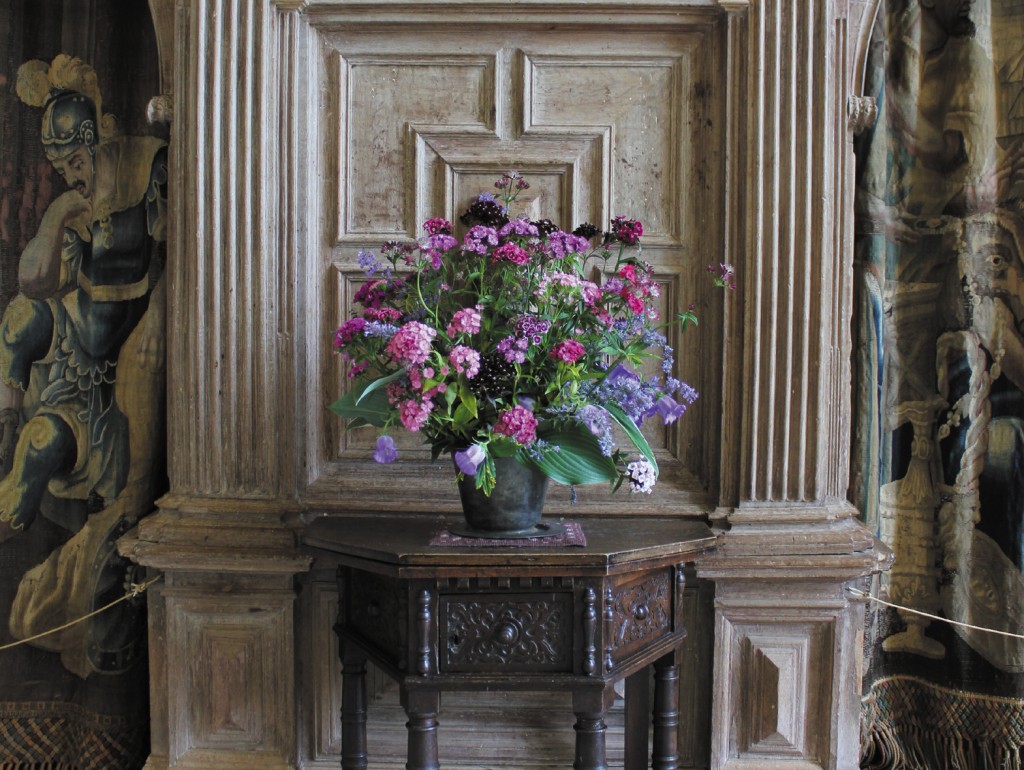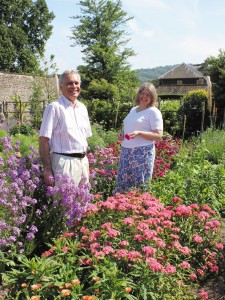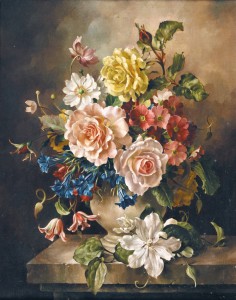
The park and gardens at Parham reflect a timeless English love of landscape and horticulture. They contain many rare specimens, ranging from lichens to ancient oaks, which work in concert with the surrounding downland landscape. In the walled garden, the swathes of summer flowers, box-hedged ornamental vegetables and espalier fruit trees are complemented by an array of medieval and Tudor culinary and medicinal herbs.

Regular readers of this column will know that Clive and Alicia Pearson bought Parham in 1922 and set about restoring the house and gardens after years of neglect. Mrs Pearson loved to fill the house with fresh-cut summer flowers, arranged in what she called the “Parham way”. Lady Emma Barnard, the current custodian of Parham House and gardens, acknowledges her great-grandmother’s influence on the walled garden today. “Alicia’s love of blocks of colour and fluid forms is reflected in the naturalistic effect of the planting in the garden,” she says. “My great-grandmother wrote instructions on the flower arrangements for the house, especially in relation to colours, so that they would complement the collections of the rooms in which they were placed. We still follow her notes today!”
Mrs Pearson’s tastes reflected those of her generation. She embraced the modern whilst keeping a firm eye on the past. The famous florist and designer Constance Spry also drew from nature. She inspired a generation with her naturalistic taste before and after the Second World War – perhaps she was inspired by the special “Parham way”. As you journey around Lady Emma’s delightful home, you notice that each room has a flower arrangement which draws your eye to the treasures before you and the play of light upon them. My eye is caught by the cascading array of summer flowers shown here against the cool hue of the limed oak panelling in the Great Hall. The flowers bring the colours of the flanking tapestries to life in an unexpected, beautiful way.
Parham’s gardens are particularly fine this year. The swathes of summer flowers seem to dance in the gentle breeze. They frame the paths as you approach the orchard and the vegetable and herb beds with their clipped box hedge borders.

Lady Emma and her husband, James, are keen to show me the cutting beds where all the flowers for the house are grown. In amongst the brightly coloured blocks of flowers Emma declares, “We are always keen to take the naturalistic into the house – cow-parsley and even bolted rocket can be very good in arrangements.”
The work of British artist Harold Clayton (1896-1979) was shaped by his love of the garden and his attention to detail. Like the taste expressed in the special “Parham way”, Clayton took the Dutch still life of the 17th century and made it modern. This taste is much sought after today. I discovered the oil painting by him shown here some years ago. Today it would realise £6000-8000 at auction, testament to the enduring popularity of the English country house and garden aesthetic expressed so beautifully and timelessly at Parham.
Parham’s 20th Annual Garden Weekend is this coming weekend, Saturday 13th and Sunday 14th July 2013, between 10.30am and 5.00pm each day. It is a must for all of us who love gardens but don’t forget to check out the beautiful flower arrangements in the house! For more information go to www.parhaminsussex.co.uk or telephone 01903 742021.
By Revd. Rupert Toovey. Originally published on 10th July 2013 in the West Sussex Gazette.